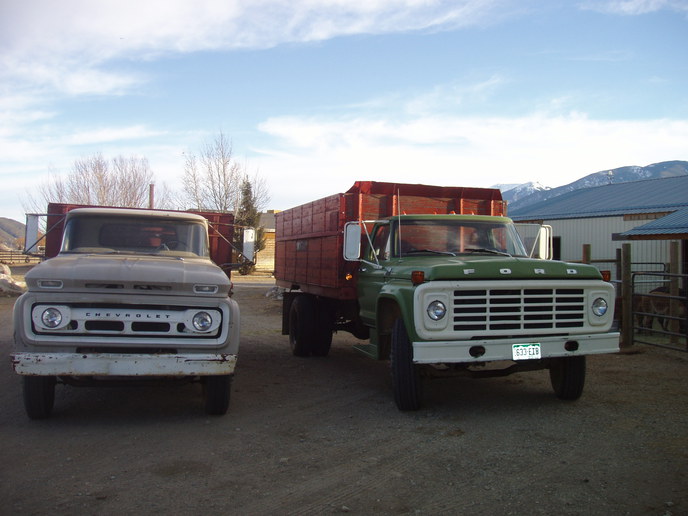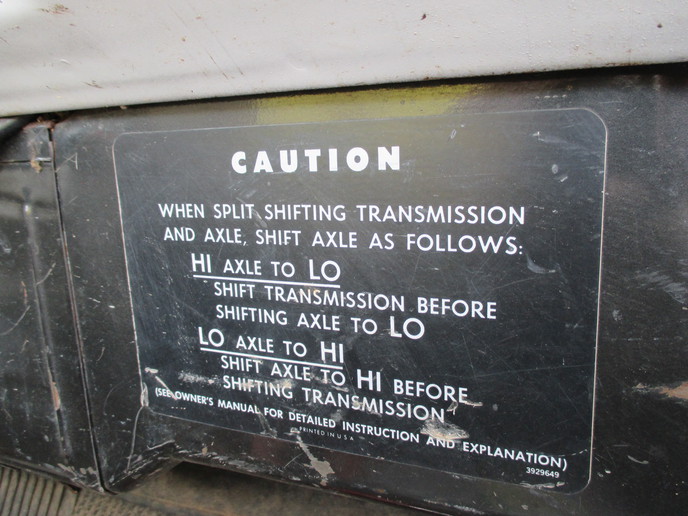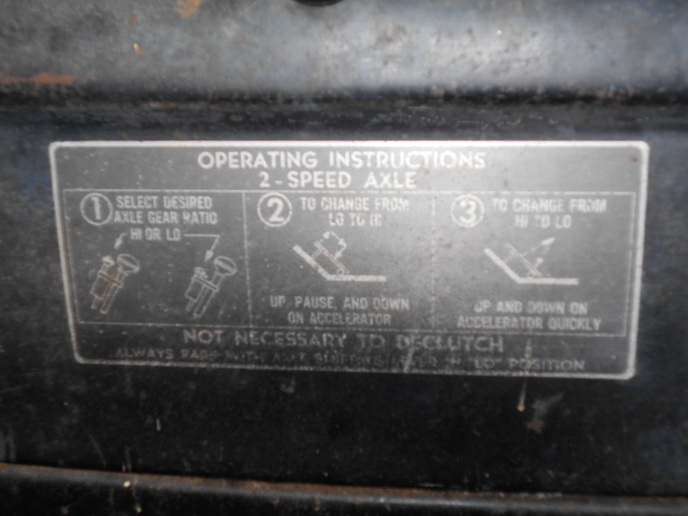Buddy of mine just got an '85 Chevrolet C70 truck with a 5 speed transmission and a two speed rear. That said there's no sticker or anything in the cab showing what the shift sequence should be, so he asked me this evening. Personally I've owned my share of vehicles, but nothing with the two speed rear, so I have to admit to being lost here when it comes to what to tell him. I asked my Dad as I knew he had one in his service truck about 80 years ago. He said best he remembered he kept his in high range all the time and never even used the low range. I've always heard you could do that unless you were towing a heavy load, etc and then you would probably need the low range to get going if nothing else.
All that said, what would be the typical shift pattern for an unloaded truck, medium loaded, and heavy (ie-towing around 15,000 lbs)? I figure there will be a variety of different ways to do things depending on the amount of load, road conditions, etc, and that ultimately it'll be the driver making the command decisions, but where would be the best place 'to start'? Thanks for any help ya'll can offer.
All that said, what would be the typical shift pattern for an unloaded truck, medium loaded, and heavy (ie-towing around 15,000 lbs)? I figure there will be a variety of different ways to do things depending on the amount of load, road conditions, etc, and that ultimately it'll be the driver making the command decisions, but where would be the best place 'to start'? Thanks for any help ya'll can offer.





